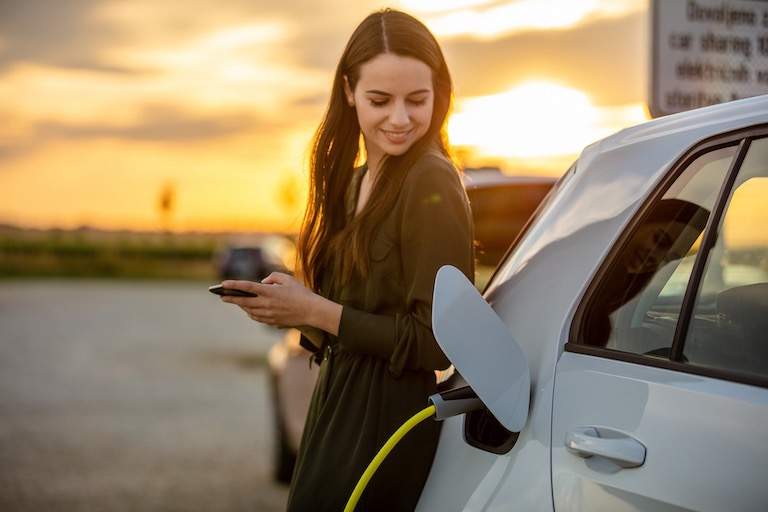
Customers will drive BMW's electric future
BMW says consumer demand and not infrastructure will inform its future vehicle electrification pathBMW recently launched a plug-in hybrid variant of its X5 SUV in its home-market, the model one of an expanding range the German manufacturer says is ‘in demand’ from its customers.
At the global media debut of the BMW X5 xDrive45e at, BMW X5 and X6 Head of Powertrain, Dr Heinz Treseler, told carsales.com.au that plug-in hybrid technology was no longer considered a stop-gap, but one that was desirable to customers who understand the pros and cons of electrified vehicle technology as it currently sits.
“The plug-in hybrid, in many cases, is the best solution,” said Treseler. “[For example] if you have a lot of commuting drives, but sometimes want to go to Italy for a holiday, the plug-in hybrid is the best solution for this.
“Long-distance drives will reach the limits of a completely electrical vehicle at the moment; that’s why we recently announced that the company’s sustainable strategy is to offer all three: combustion, hybrid and electric on all of the models so you give your customers a choice.”

Treseler went on to explain that he believes its consumer demand that will initially dictate the popularity of one powertrain offering over another. He agreed that until battery-electric vehicles offered a range and price competitive with their internal-combustion or hybrid counterparts – and that appropriate fast-charging infrastructure was readily available – that the technology would continue to struggle.
“It’s customer driven [and] at the moment we will say this: if you are a commuter between Hamburg and Berlin, a plug-in hybrid is not the best choice for you. If you only have these long-distance drives you’re better off with a diesel or petrol-powered car.
“But if you work in the vicinities of Munich and commute very often to Munich, but have sometimes these long distance drives, then maybe the plug-in is the best solution for you. Until the infrastructure and the [charging] centres are there to push the customers to buy this technology, we need to have something else.”

When asked if the switch to full electrification of passenger vehicles could be met within the five-year timeframe some manufacturers are proposing, Treseler was clear that BMW’s three-pronged attack was the way to go, saying the move to an exclusive fleet of EV vehicles may be a lot further away than many people anticipate.
“The strategy at the moment is to offer all possibilities: combustion engine, hybrid and full electric. I have followed the discussion for a while and it changes sometimes. We are the only manufacturer that is gearing our production facilities up to take all three, so that you can switch the production to whichever [when the time comes].”
BMW is also preparing a hydrogen fuel-cell powered version of its X5 that it says will be ready by 2025. For now, the most environmentally-friendly version of the X5 for the Australian market will be the xDrive45e plug-in hybrid due here early in 2020.

The plug-in hybrid X5 features a 3.0-litre six-cylinder turbo-petrol engine mated to an electric motor mounted within the SUV’s standard eight-speed automatic transmission. The latest take on BMW’s eDrive technology promises up to 87km of all-electric driving range and a combined output of 290kW/600Nm.
It’s the second plug-in hybrid X5 to be introduced by BMW in recent years, and in this iteration offers up to three times the range of the outgoing model, as well as half the fuel consumption and CO2 output (now 1.2L/100km and 27g/km on the WLTP cycle respectively). BMW quotes a 0-100km/h time of 5.6sec (-1.2sec) and an increased all-electric top speed of 135km/h.
“It will be interesting to follow this [transition] over the next two to three years, because we’ll have to see how many customers actually want a completely electric vehicle. I’m personally very interested in this development over the next few years,” Treseler concluded.


Please see our Editorial Guidelines & Code of Ethics (including for more information about sponsored content and paid events). The information published on this website is of a general nature only and doesn’t consider your particular circumstances or needs.
























